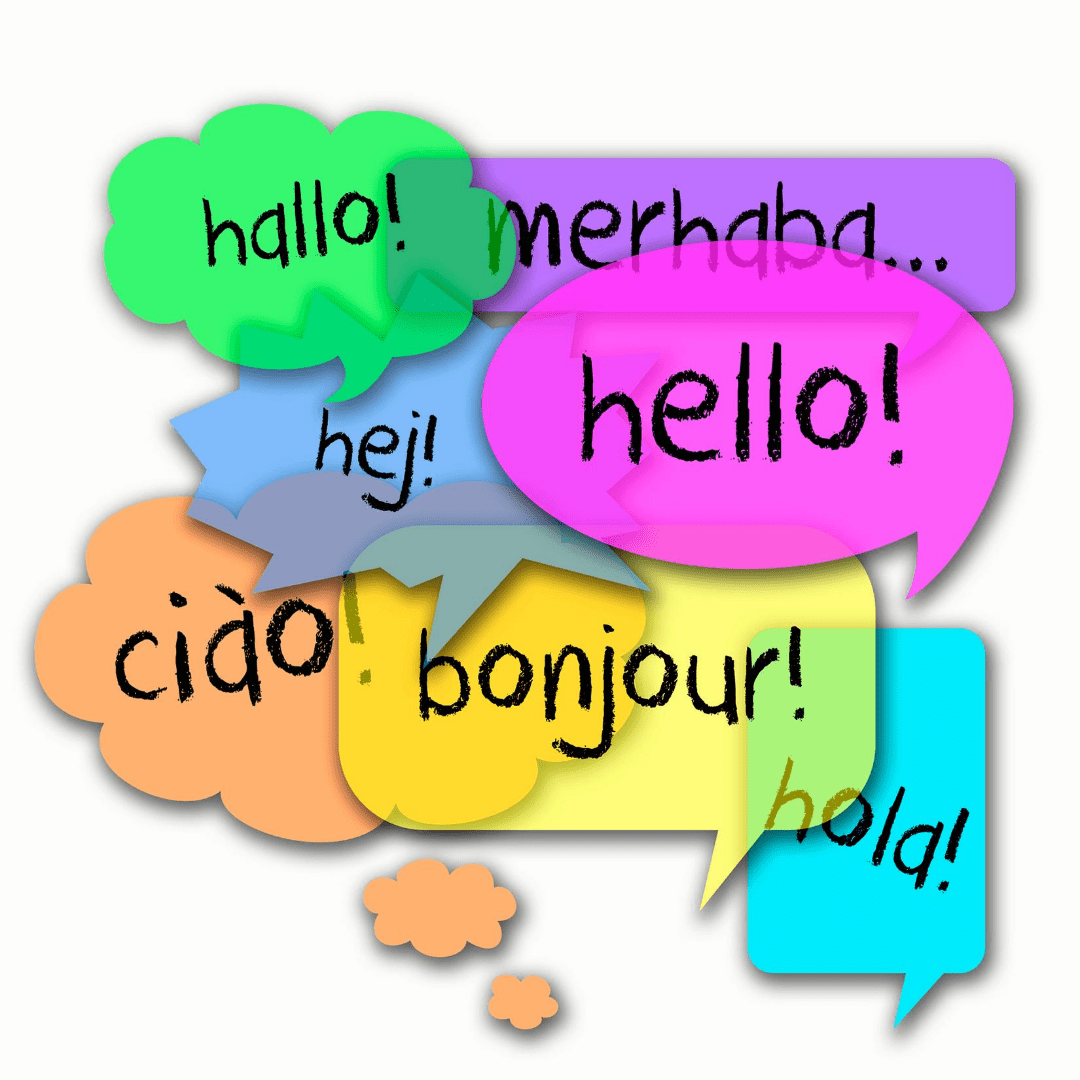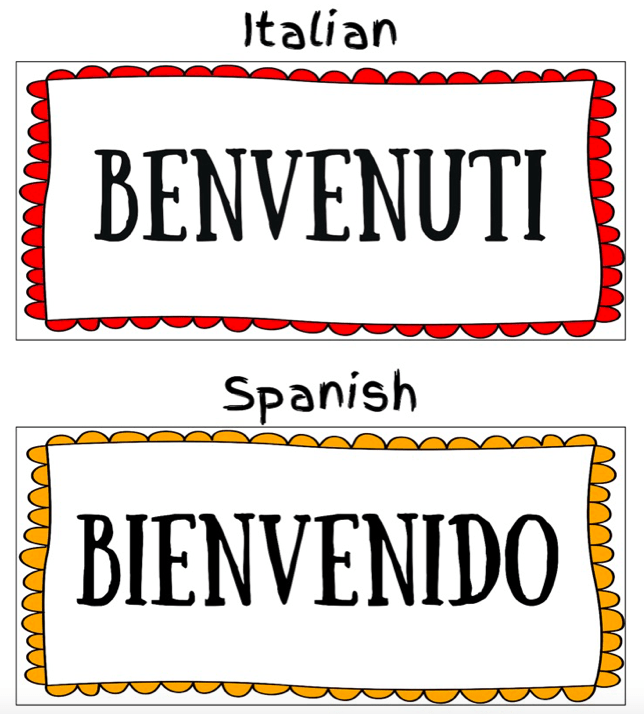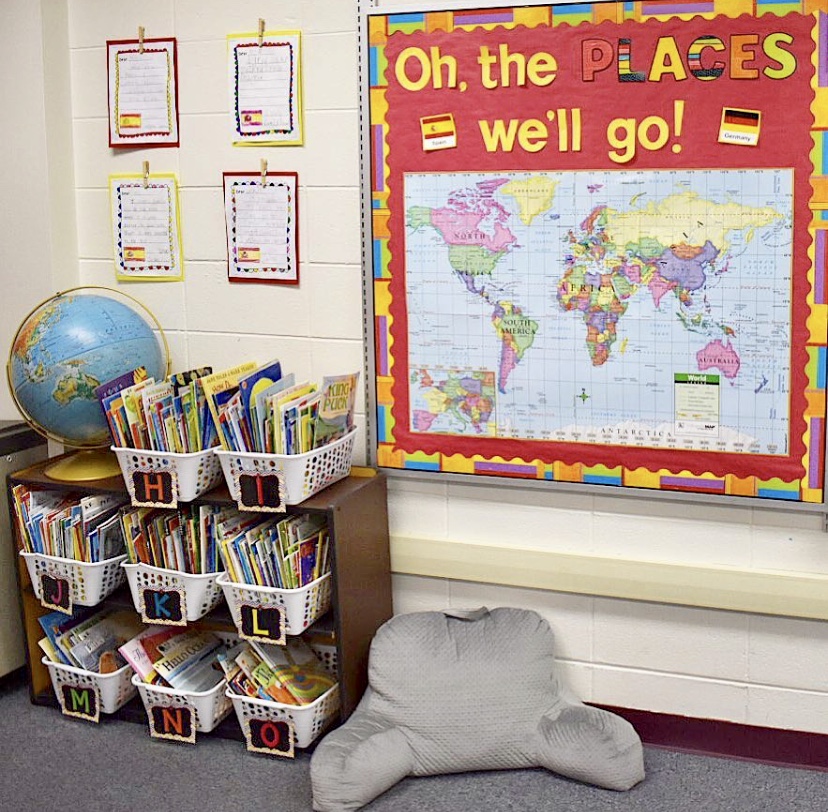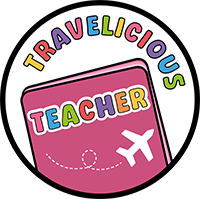If there’s one thing I’ve become fiercely passionate about throughout my years as an educator, it’s promoting culture in the classroom. All too often, so many of us get caught up in our own little bubble that we rarely take the time to understand and appreciate how others live.
Children deserve to be provided with opportunities that highlight the diversity and beauty the world has to offer. It’s our duty as teachers to provide students with a plethora of experiences to be a guest in other cultures AND share about their own! Below I’m sharing 10 ways I incorporate culture in the classroom each year.

This blog post contains affiliate links, which means I may earn a commission (at no extra cost to you) should you choose to make a purchase using my link.
1. Virtual Field Trips
Virtual field trips are a MASSIVE hit with my students! At the beginning of the year, we make passports and suitcases. Then, we take multiple “trips” to other countries throughout the year to learn about their language, cities, culture, food and much more!
I set up the chairs as if we’re on an airplane (see below), and students board with their passport and luggage. I pretend to be the pilot, go over safety procedures and use a funny accent. The children get the biggest kick out of it! It’s also something they remember because it’s a NEW and DIFFERENT experience!

I’ve created several virtual field trips that highlight different countries, so you can implement them in your classroom! These resources include a virtual field trip PowerPoint, lesson plans and follow-up activities. Click below to check them out!
- Galapagos Islands Virtual Field Trip 🇪🇨
- Thailand Virtual Field Trip 🇹🇭
- Spain Virtual Field Trip 🇪🇸
- Iceland Virtual Field Trip 🇮🇸
2. Greet Each Other in Different Languages
Several times a month, my students and I greet each other in different languages at our morning meeting. I teach them how to say “hello” in languages like Spanish, German and Japanese. Often times, I’ll share how to say “goodbye” and “thank you” as well. It blows my mind how so many of them retain the information and use it days, even months later.
Last year, our school also celebrated other languages by having a “Greeting of the Month”. Our ESL teacher sent out an email each month with information on how to say “hello” in the chosen language. This allowed the whole school to participate and learn about other cultures!

3. Celebrate National Heritage Months
It’s important to remember that we CANNOT limit ourselves to only celebrating these heritages for a month. ALL cultures deserve to be celebrated for more than just 30 days! This, however, gives some guidance on highlighting a variety of cultures throughout the year.
Write the National Heritage Months listed below in your school planner. Pick several to celebrate during the year through books, videos, music, dance, art and food (if you’re allowed). Then, CONTINUE to discuss and recognize them in the classroom!
February: Black History Month
March: Irish-American Heritage Month, Greek-American Heritage Month
April: Arab-American Heritage Month, Tartan (Scottish-American) Heritage Month
May: South Asian Heritage Month, Haitian Heritage Month, Asian Pacific American Heritage Month, Jewish American Heritage Month
June: Caribbean American Heritage Month
July: French-American Heritage Month
September: National Hispanic Heritage Month (September 15 to October 15), German-American Heritage Month (September 15 to October 15)
October: Filipino American History Month, Italian-American Heritage Month
November: National American Indian & Alaska Native Heritage Month

4. Multilingual Welcome Signs
It’s so important to make students and families of ALL cultures and ethnicities feel welcome. Every year, I hang these multilingual welcome signs near my classroom door. They’re available in my TpT store in 81 different languages! I always research and discover what languages my students speak (aside from English) and display the word “welcome” in that language.

5. Multicultural Coloring Tools
It often bothers me that students are instructed to draw themselves realistically, yet don’t have the means to do so. In my classroom, the multicultural tools are located in my writing center and are available for all students to use at any time!

You can also take this a step further and purchase multicultural construction paper so children can accurately depict themselves when crafting too!
6. Let Students Be the Experts
So many of our students know A LOT about their own culture because their parents and families have made it a priority. Allow children to share the traditions they celebrate with their loved ones. When students have the opportunity to share their personal experiences, it’s so impactful!

7. Bulletin Boards
I added this bulletin board to my classroom a few years ago. Whenever we take a virtual field trip somewhere or discuss a specific country, we add that country’s flag to the bulletin board and locate it on the map using a pin! It’s such a fun, simple way for students to practice their geography skills!

8. Pen Pals
Another way to integrate culture in the classroom is Pen Pals. Pen Pal Schools is a project-based learning website that connects half a million students from 150 countries all over the world. It can be used by students ages 8 to 18. All you need to do is sign up, enroll students and start your first project!

9. Holidays Around the World
There are some fantastic Holidays Around the World resources available on Teachers Pay Teachers! So many American children just assume that every child receives gifts from Santa Claus. This is such a great way to teach students about other countries’ holiday traditions.

10. Read Books that Celebrate Culture & Diversity
This is a no-brainer, but I feel like I have to say it because REPRESENTATION MATTERS! Diversifying our classroom library is so important. Children need to see themselves depicted in books throughout the classroom no matter what race, ethnicity or religion they are.

I hope you found these suggestions helpful! Let me know how you incorporate culture in the classroom by commenting below. 🙂




